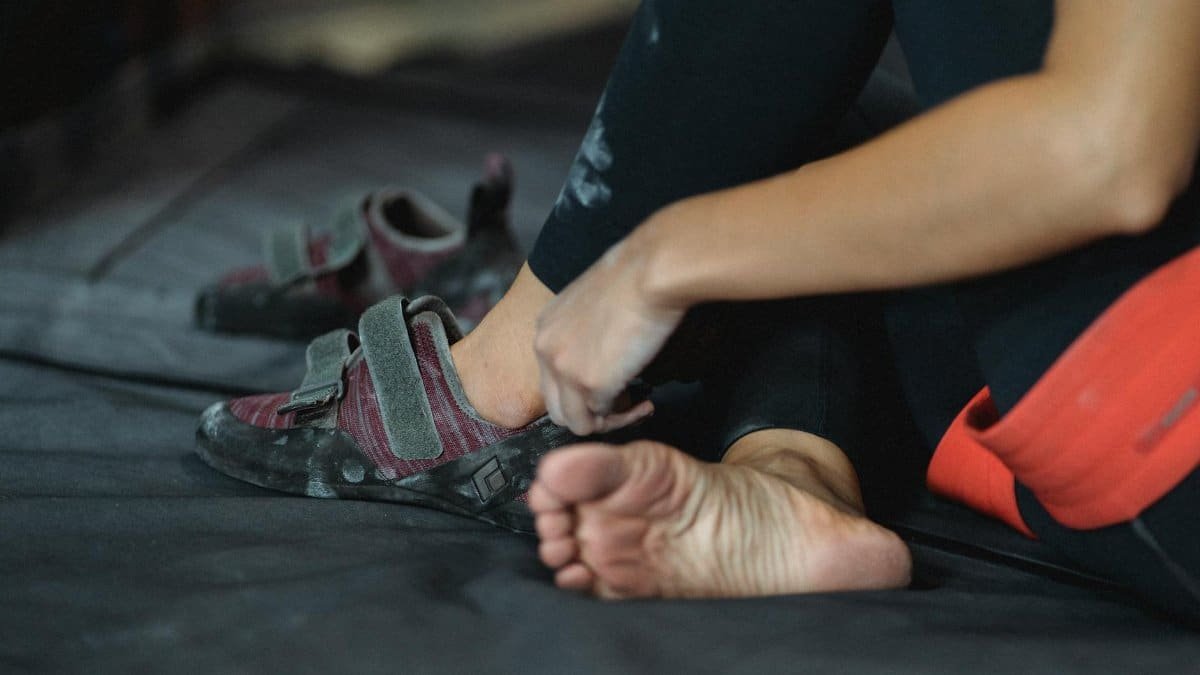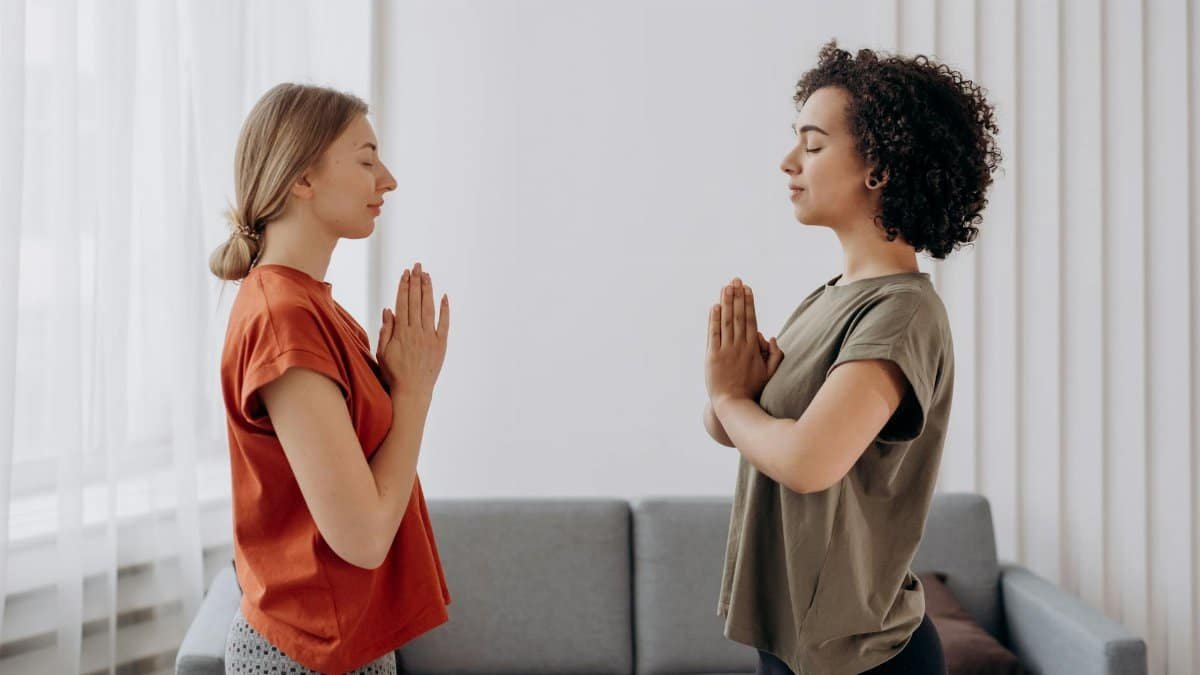A recent survey from the Yoga Journal and Yoga Alliance found that over 36 million Americans now practice yoga, a number that’s more than doubled since 2012. This surge reflects a deeper hunger for something beyond the daily grind. In bustling cities like New York and Los Angeles, studios are packed with people seeking relief from stress and a path to inner calm. Yet yoga isn’t just a workout trend. It’s a practice rooted in ancient traditions, adapted for modern life, promising profound shifts in body and mind. As more individuals report transformative experiences, from reduced anxiety to heightened self-awareness, it’s worth examining what these changes really mean. For middle-aged adults juggling careers and family, yoga offers a quiet revolution, one breath at a time.
The Roots of Transformation

Yoga’s origins trace back thousands of years to ancient India, where it emerged as a holistic system for uniting body, mind, and spirit. But in the U.S., it gained traction in the 20th century through figures like Swami Vivekananda, who introduced it at the 1893 World’s Fair in Chicago. Today, practitioners often describe a gradual unfolding. Take Sarah, a 52-year-old teacher from Ohio, who started yoga after a divorce. She recalls her first class: the room smelled of incense, and as she held a simple pose, years of tension began to melt away. This isn’t uncommon. Research from the National Institutes of Health shows yoga can lower cortisol levels, the hormone tied to stress. Yet the shift goes beyond physiology. It’s about reconnecting with oneself amid life’s chaos. In 2025, as remote work blurs boundaries, more people turn to yoga for that essential pause.
The practice demands patience. Not everyone feels immediate change. Some wrestle with physical limits or wandering thoughts. But over time, consistency builds resilience. A study in the Journal of Psychosomatic Research highlights how regular sessions improve mood regulation. For many, this root-level transformation starts small, like noticing breath patterns during a commute, and grows into a profound life shift.
Physical Shifts That Surprise

Imagine bending into a forward fold and feeling your hamstrings release for the first time in years. That’s the kind of physical awakening yoga often brings. Practitioners frequently report enhanced flexibility and strength, but the surprises run deeper. One man in his forties, a desk-bound accountant from Texas, shared how yoga alleviated chronic back pain that doctors couldn’t fix. He didn’t expect the energy boost that followed, allowing him to hike with his kids on weekends.
Evidence backs this up. A comprehensive review by Harvard Medical School, detailed in their Health Publishing section, notes yoga’s role in improving balance and reducing inflammation. It’s not magic; it’s about mindful movement. Short bursts of practice, even 20 minutes a day, can recalibrate the body. Yet challenges arise. Beginners might strain muscles if they push too hard. The key? Listening to your limits. As yoga spreads in workplaces—think corporate wellness programs in 2025—these physical shifts are reshaping how Americans approach aging and vitality.
Mental Clarity in a Noisy World

What happens when the mind quiets? For many yoga practitioners, it’s like clearing fog from a window. They describe sharper focus and reduced rumination. In online discussions, one anonymous poster recently noted feeling “like my brain finally hit reset” after months of consistent practice. This aligns with findings from the American Psychological Association, which links yoga to better cognitive function and emotional regulation.
The mental shifts aren’t always linear. Some days, meditation within yoga feels effortless; others, it’s a battle with distractions. A middle-aged nurse from California explained how yoga helped her process shift work’s toll. “It taught me to observe thoughts without judgment,” she said. This mindfulness spills into daily life, easing decisions and relationships. In an era of constant notifications, yoga provides a counterbalance, fostering clarity that endures.
Emotional Waves and Breakthroughs

Emotions surface unexpectedly in yoga. A simple child’s pose might unearth buried grief, leading to tears on the mat. Practitioners often report this as a breakthrough, not a setback. Consider the story of a veteran from Virginia who turned to yoga for PTSD. Over sessions, he felt anger dissolve into acceptance, a shift he credits with saving his marriage.
Studies support these emotional releases. Research published in the Journal of Evidence-Based Integrative Medicine indicates yoga reduces symptoms of depression and anxiety. It’s the integration of breath and movement that facilitates this. For women navigating menopause or men facing midlife crises, these waves can lead to profound self-compassion. Yet not all experiences are smooth; some confront unresolved trauma. Guidance from experienced teachers helps navigate these depths, turning vulnerability into strength.
Building Community Through Practice

Yoga studios buzz with connection. Strangers become allies, sharing mats and stories. In a post-pandemic world, this communal aspect has amplified. Groups in community centers across the Midwest gather not just for poses, but for the shared energy. One participant recalled a class where laughter erupted during a wobbly balance pose, forging instant bonds.
This social shift is backed by data from the Centers for Disease Control and Prevention, which ties group activities like yoga to improved social well-being. In 2025, virtual classes extend this reach, connecting rural practitioners with urban experts. The result? A sense of belonging that combats isolation, especially for empty-nesters or remote workers.
Challenges on the Mat

Not every session is serene. Physical discomfort, self-doubt, or even boredom can arise. A 48-year-old executive from Seattle admitted quitting yoga twice before it stuck. “The real shift came when I stopped chasing perfection,” he said. Common hurdles include accessibility—classes can be pricey—and inclusivity issues, like studios not accommodating diverse bodies.
Addressing these, organizations like the Yoga Alliance promote equity through training. A report from Yoga Alliance underscores the need for adaptive practices. Overcoming challenges often leads to the deepest growth, teaching resilience that extends beyond the studio.
Integrating Yoga into Daily Life

Yoga doesn’t end when the class does. Practitioners weave it into routines, like morning sun salutations or evening breathwork. This integration sparks subtle shifts: better sleep, mindful eating. A parent from Florida described using yoga techniques to stay calm during family chaos.
Practical tips abound. Start small, perhaps with apps or free videos. As trends evolve in 2025, workplace yoga breaks are becoming standard, per insights from wellness reports. The key is consistency, turning practice into a lifelong tool for balance.
Long-Term Shifts and Lasting Impact

Over years, yoga reshapes perspectives. Many report a deeper sense of purpose, like volunteering more or pursuing passions. Research from the National Center for Biotechnology Information links long-term practice to sustained health benefits, including heart health.
These enduring changes ripple outward, influencing communities and cultures. For middle-aged Americans, it’s a reminder that transformation is possible at any stage, fostering a more intentional life.
